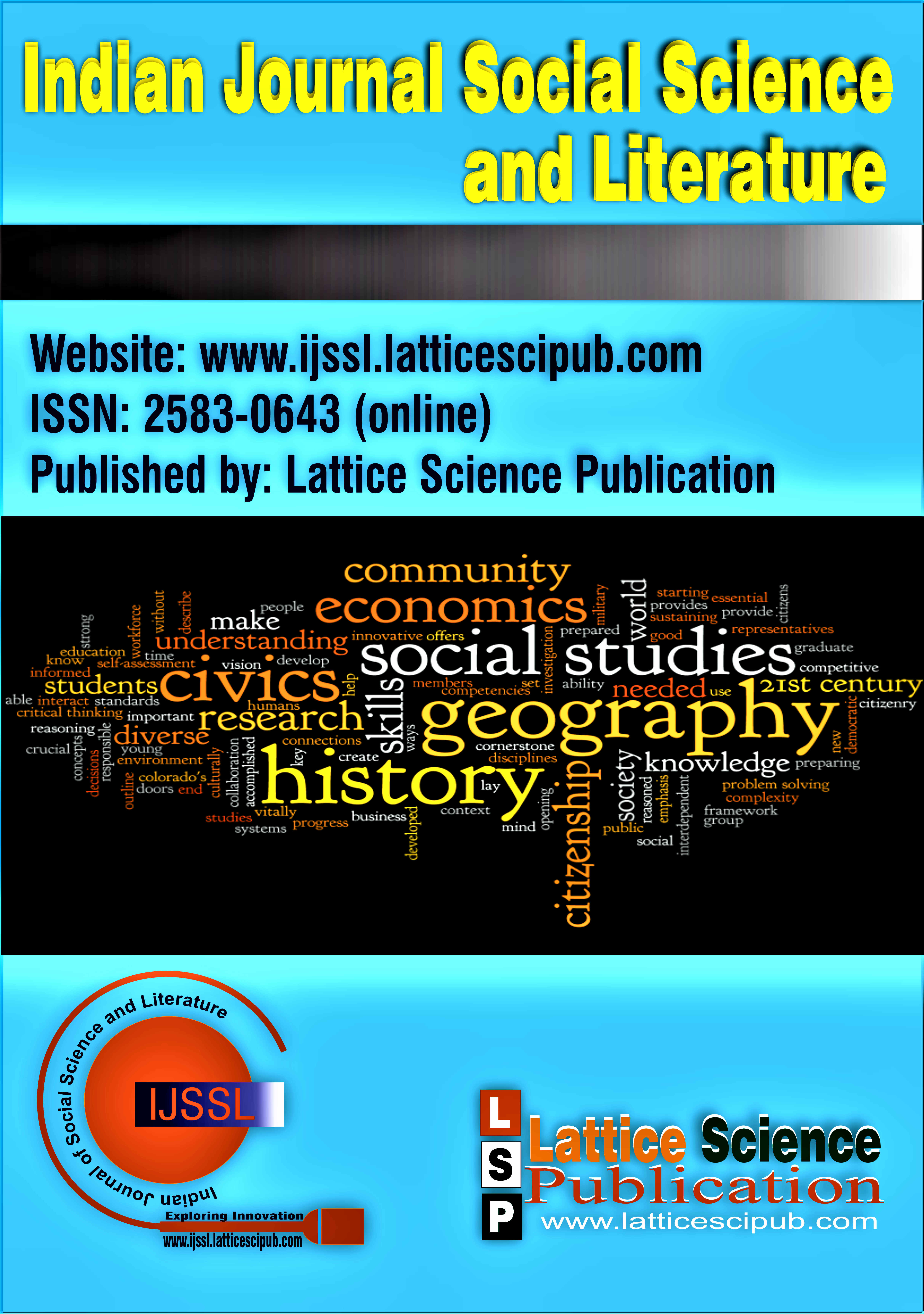How Disney Altered the Original ‘Sleeping Beauty’
Main Article Content
Abstract
Fairy tales have been associated with story time at home, in schools and libraries, and bedtime reading rituals for a long time. From Hans Christian Anderson to Brothers Grimm, fairy tales have been part of every generation, and each child has their favorite. Disney’s version of fairy tales has become the accepted version among people. This variation of the famous classic fairy tales and alteration of the original tale to a white man’s tale of love and glory is called Disneyfication. The domination of Disney over these fairy tales has pushed the original lesser-known tales to the background. The old original tales have vintage and rich historical records, and it is sad to see that the Disney interpretation is what everyone remembers in reality. The fairy tales were first told orally to groups of peasants worldwide, and their true beginnings are unclear. The stories were likely first recorded in the 14th century (Zipes, 2001,[13]). The stories evolved from being a kind of amusement for uneducated peasants to being embraced by the middle classes and the nobility as more and more authors started to write their versions of the classics. Each time an author/s altered the fairy tales, it was to match the preferences and deliver what was acceptable. This paper examines one such fairy tale ‘Sleeping Beauty’ and how Disney has altered it. Disney’s adaptation of the fairy tale reflects the company’s domination and how it took over the general psyche of people. This paper seeks answers to the questions: Does Disney’s animated version of fairy tales change the perception of fairy tales like Sleeping Beauty? Is the influence of Disney so dominant that their version is more recognizable to people than the original stories?
Downloads
Article Details

This work is licensed under a Creative Commons Attribution-NonCommercial-NoDerivatives 4.0 International License.
How to Cite
References
Cox, Susan McNeill.(1990). The Complete Tale of Troylus and Zellandine from the "Perceforest " Novel: An English Translation .Wayne State University Press. pp. 118-139
Basile, Giambattista. (2001) "Sun, Moon, and Talia." The Great Fairy Tale Tradition. Ed. Jack Zipes. New York: Norton. 685-88.
Grimm, Jacob, and Wilhelm Grimm. (2001). "Brier Rose." The Great Fairy Tale Tradition. Ed. Jack Zipes. New York: Norton. 696-98.
Hadžić, Amra(2019). The Disneyfication of Fairy Tales. The University of Mostar , Faculty of Humanities and Social Sciences,
English Language and Literature.
Hallett, Martin, and Barbara Karasek, eds. (1996) Folk and Fairy Tales.
Peterborough: Broadview. Klugman, K. (1995) Inside the Mouse: Work and Play at Disney World. Carolina: Duke University Press.
http://www.jstor.org/stable/41390039
Joster, I. (2002). The Disney Dilemma: Modernized Fairy Tales or Modern Disaster?. Trace.tennessee.edu.<https://trace.tennessee.edu/cgi/viewcontent.cgi?a rticle=1532&context=utk_chanhonoproj>
Perrault, Charles. (2001) "Sleeping Beauty. "The Great Fairy Tale Tradition. Ed. Jack Zipes. New York: Norton. 688-95.
Sleeping Beauty. Sites.pitt.edu. (1998). Retrieved 27 August 2022, from https://sites.pitt.edu/~dash/type0410.html#basile.
Wikipedia.(2003). Sleeping Beauty- [online] Available at: < https://en.wikipedia.org/wiki/Sleeping_Beauty#cite_note-14)> [Accessed 27 August 2022].
Wikipedia.(2005). Sleeping Beauty (1959 movie) Available at: < https://en.wikipedia.org/wiki/Sleeping_Beauty_(1959_film)> [Accessed 27 August 2022].
Zipes, J. (1994) "Breaking the Disney Spell." Fairy Tale as Myth/Myth as Fairy Tale. University Press of Kentucky. 72-95.
Zipes, Jack, ed. (2001). The Great Fairy Tale Tradition. New York: Norton.





